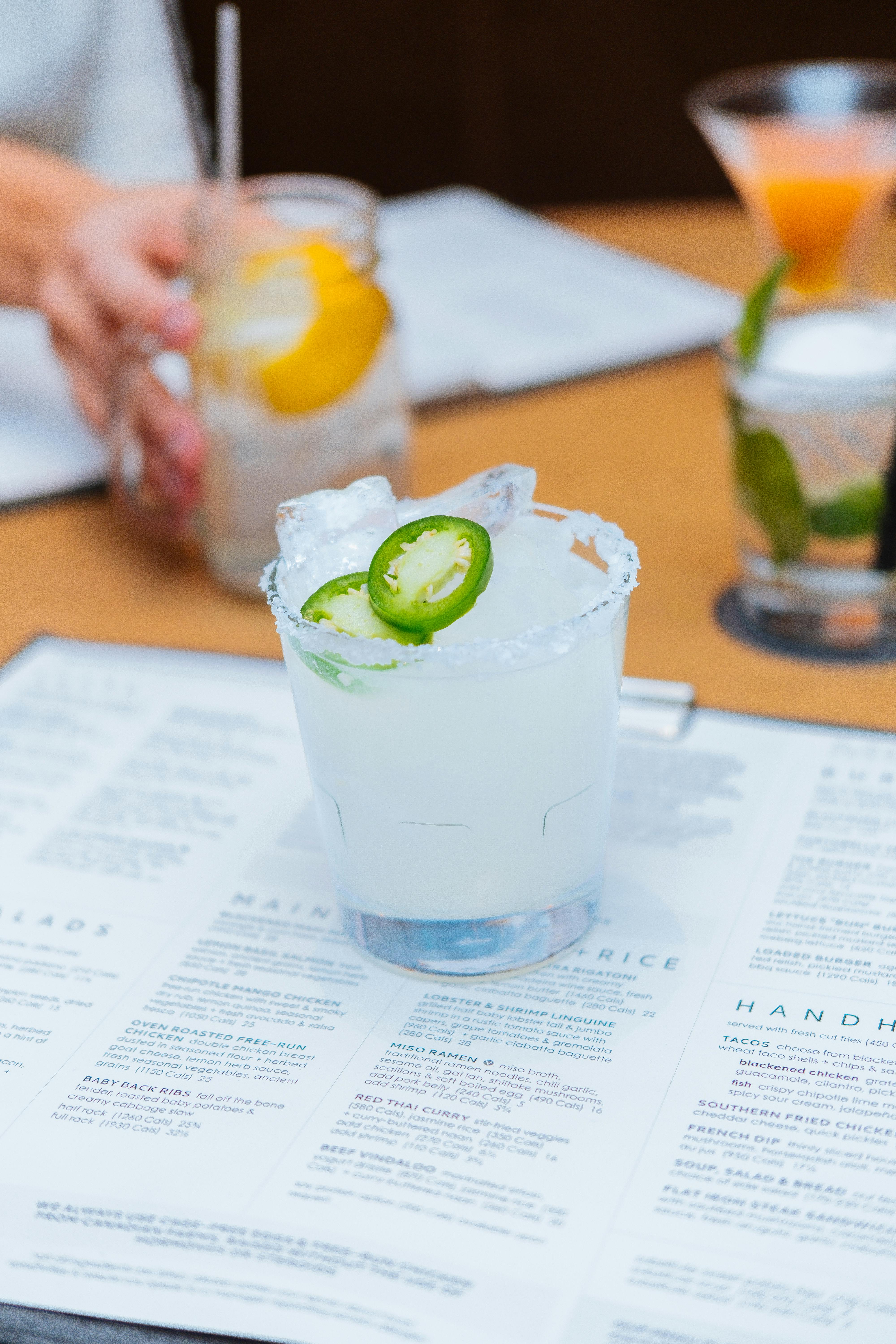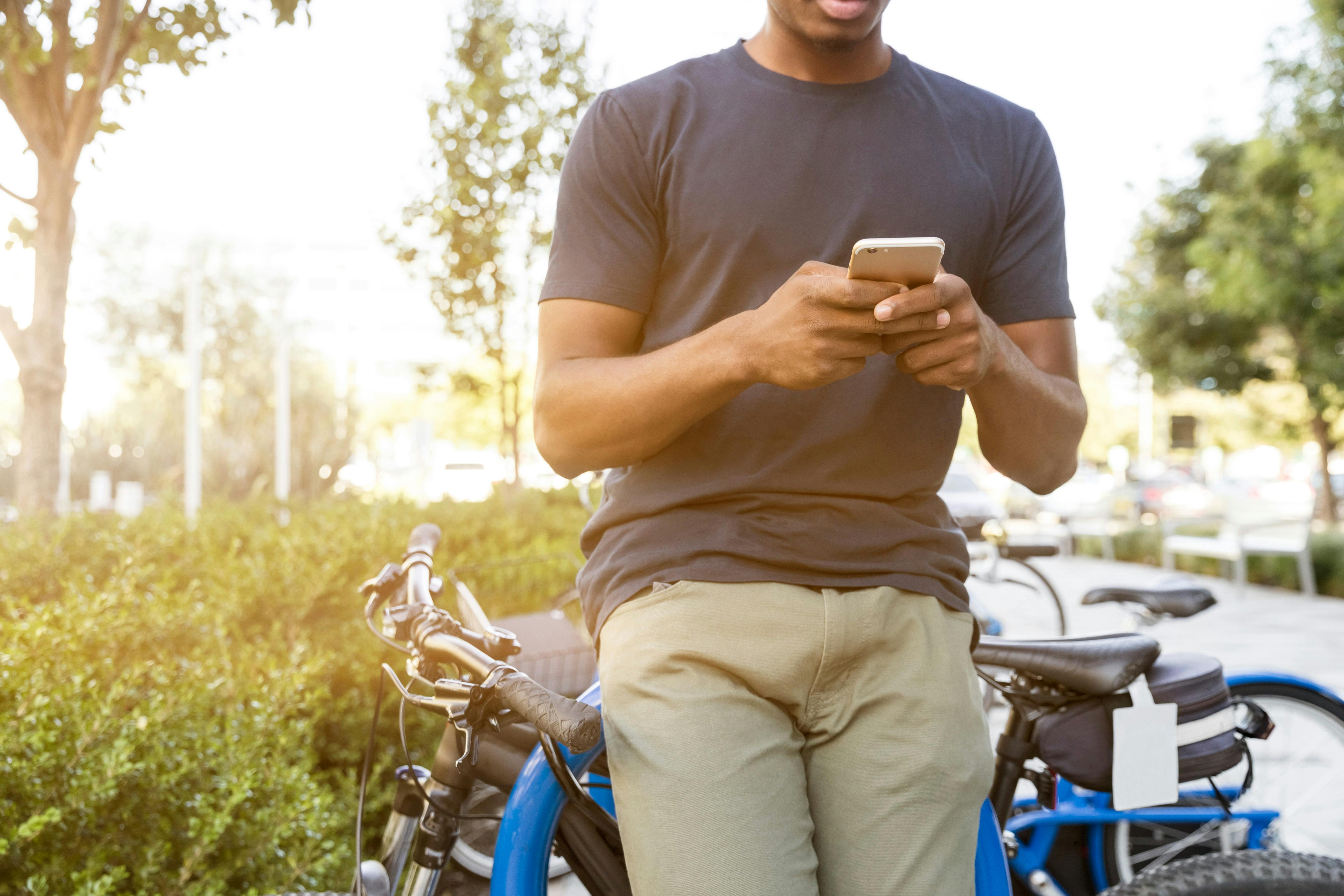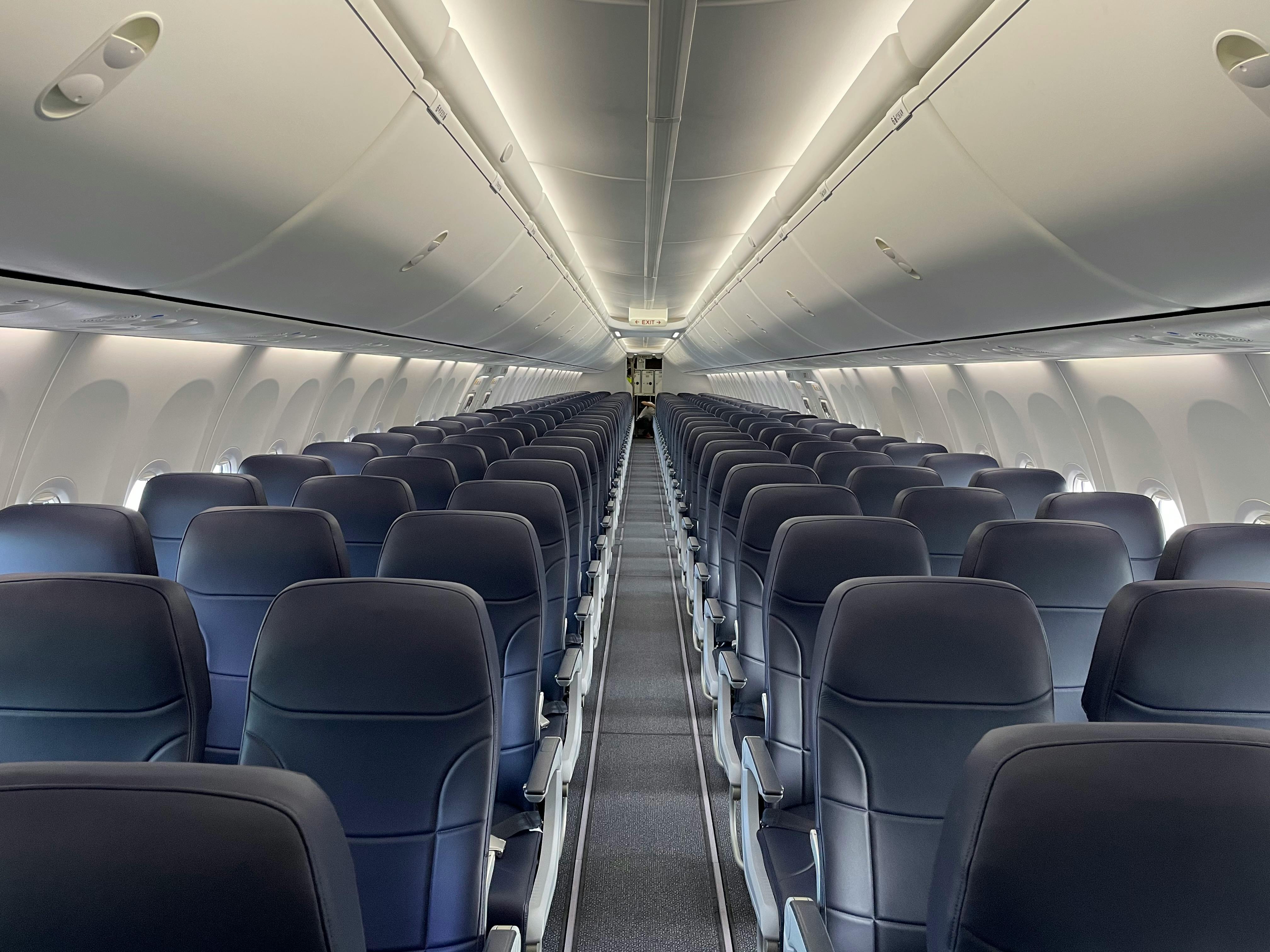
Rethinking Self-Service as a Premium Experience: From Butler Bells to Biometric Fast Track

A recent Business Insider piece on Domino’s caught my attention: pickup orders are up as customers look to avoid delivery fees. A small shift, sure, but it got me thinking.
What if we stopped treating self-service as a cost-saving compromise and started designing it as an elevated brand experience?
Across sectors, some of the smartest experience innovations right now aren’t happening in opulent lobbies or sprawling terminals. They’re happening in places where guests take control on their own terms.
Self-Service Isn’t a Downgrade. It’s the New Signature Experience
Forget the binary of high-touch versus self-serve. The most forward-thinking brands are blending autonomy, personalization, and convenience into something better: intelligent service.
Here are six examples that show how self-service can elevate, not erode, brand experience:
1. United Airlines | Linked Bookings for Group Seat Selection
United recently launched a new feature allowing passengers on separate reservations to link their bookings and select seats together. It eliminates the common stress of families or friends sprinting to the gate agent to sit near one another. This is self-service designed with empathy, control, and real-world context in mind.
2. St. Regis Hotels | WhatsApp Concierge
Rather than calling down or stopping at the front desk, St. Regis guests can message their personal butler via WhatsApp. Need extra towels, turn-down service, or a wake-up call? Just send a message. It’s luxury made frictionless and aligned with how people communicate today.
3. LivSmart Studios by Hilton | Self-Service Housekeeping Closets
Designed for extended-stay guests, LivSmart Studios offers stocked self-service closets where travelers can grab cleaning supplies to refresh their rooms between housekeeping visits. It’s autonomy by design with no waiting and no need to call down.
4. McDonald’s “On the Go” | Locker Pickup for Delivery Drivers
In test markets, McDonald’s has launched new concepts with food lockers for delivery drivers and pickup customers. No counters, no queues, just scan, grab, and go. It’s a better experience for guests and a relief for team members who can now focus on in-store hospitality.
5. CLEAR | Walkthrough Facial Recognition Pods
CLEAR’s new airport pods use facial recognition that works as you walk by. No iris scan, no fingerprint, and no stopping. It reframes airport security as something fast, seamless, and quietly premium.
6. Mashgin | Visual Checkout at Airports
Deployed across various airports, these touchless systems use computer vision to instantly recognize and ring up multiple items, allowing travelers to complete transactions in as little as 10 seconds.
Self-Service Done Well Doesn’t Remove People. It Refocuses Them
The common thread in these examples isn’t a lack of staff. It’s smart orchestration.
Each system:
-
Reduces friction for the guest
-
Frees staff to focus on higher-value moments
-
Removes repetitive tasks from human hands
-
Offers autonomy with a built-in fallback
The best self-service experiences don’t make humans invisible. They make bad service invisible, so teams can show up where they’re most impactful.
We’re entering a new era of experience design where self-service isn’t second-tier. It’s a choice, a feature, and a signal of trust in the guest.
When brands design for that, self-service stops feeling like a compromise. It becomes the thing your brand is remembered for. Want help rethinking your self-service strategy or designing the moments that make it memorable? Let’s talk.


